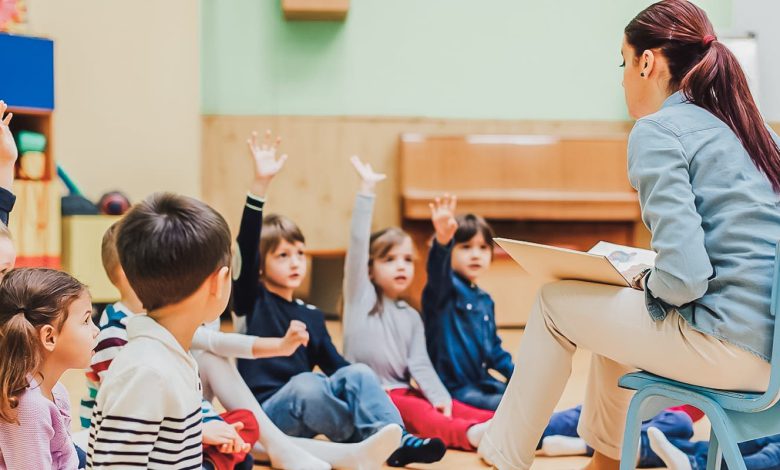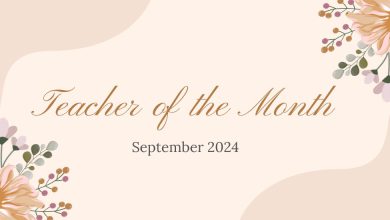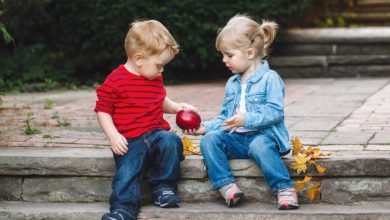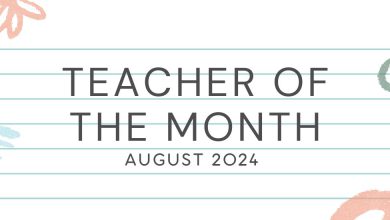Fun Ways to Teach American History for Kids

Fun Ways to Teach American History for Kids
History is filled with wonderful stories that people of all ages can relate to.
That makes it a great subject for children to learn about, both at home and in preschool!
But, what’s the best way to teach history to younger kids?
First things first: history is not about memorizing names and dates! If you thought history class was boring when you were a child, it’s probably because it was presented to you this way.
Second of all, less is more. Young children pick up new concepts a little at a time. Instead of covering the entire American Revolution all at once, introduce a few simple stories about Benjamin Franklin, George Washington and other interesting people from that era.
Here are a few more ways to spark your children’s curiosity about history.
Make History Personal
History is more exciting when a child can relate it to their own life, family, school or community. Here are a few things that will pique your children’s interest:
- Talk about your child’s place in history. Teach the names of your city, state and country. Talk about how long your family has lived in your current city and where you may have lived before that. Local landmarks, kid-friendly museums, traffic signs, building signs and maps can all help with this!
- Help your child learn the names of current leaders like the President, the governor of their state and the mayor of their city. This teaches your child that history isn’t just about the past. It continues into the present and future!
- Share family experiences. When you tell your kids about life when you were their age, you’re also teaching history! So go ahead and get out those old yearbooks and photo albums. Let your children see how people dressed a few decades ago. Show them what cars, telephones, computers and other items looked like. Talk about who was President and world events that influenced you. By the way, encourage your child’s grandparents to do the same!
- Teach the meaning of national holidays and other events. Before heading out to the annual fireworks show, let your children know that the 4th of July is our country’s birthday. On Veterans Day, talk about why we honor those who have served in our military. At a sporting event, explain why we sing the national anthem beforehand.
- Encourage questions! If your child is participating in history lessons at preschool, ask what they’re learning. Invite them to ask questions. If you don’t know the answer, look it up together. This helps children learn how to investigate a topic they’re curious about.
Make History Hands-On
Direct experience makes any subject come to life! There are several ways to make history tangible.
- Look for museums with exhibits where children can handle artifacts, or replicas of artifacts, such as tools that might have been found on a covered wagon. Or bring down some of your own artifacts from the attic! Examples might be letting your child examine old toys, telephones or other nostalgic items.
- Living history museums in various parts of the country let the whole family travel back in time to experience life in a different era. For example, Colonial Williamsburg in Virginia includes restored buildings and even actors in period costume.
- Provide globes, maps and similar toys that help your child visualize where they live in relation to other places. It also lets them see where historic events took place. For instance, show your child which states were among the original 13 colonies. Point to Great Britain to explain that these states were British colonies before the American Revolution.
Present History as a Story
Most parents know that reading to your child helps to build early literacy. And while there are many excellent fictional storybooks you’ll want to share, history offers many real-life stories that will inspire your child.
- If You Lived in Colonial Times is an engaging picture book that describes what life was like for kids and grownups in colonial America. You can point out that people in earlier times were just like us in many ways, but many of the technologies we use today hadn’t been invented yet. Ask your child how we might do things if we didn’t have phones, computers or cars.
- I Am Sacagawea tells the real-life story of a young Shoshone woman who helped Lewis and Clark explore the Western United States. Not only was she the only female member of the expedition, but she was also a mom who carried her infant son with her on the journey!
- I Am Abraham Lincoln introduces children to our nation’s 16th President. Lincoln went from a poor boy who loved to read to a respected leader who believed in treating people fairly. He guided our country through one of its most difficult struggles and issued the Emancipation Proclamation which freed millions of Americans from slavery.
Use History to Promote Cognitive Development
Because history includes so many fascinating stories, you can also use it to promote other important skills in your child’s development.
- A Is for America helps kids learn their letters while also meeting important people from American history like Thomas Jefferson and Harriet Tubman.
- Looking for a fun way for kids to practice their numbers and learn some basics about our government? In One Vote, Two Votes, I Vote, You Vote, the Cat in the Hat introduces children to one of the most important ways we use math — to count ballots in our elections!
- Want to get your kids excited about science? Introduce them to Benjamin Franklin! Not only was he a Founding Father who helped to write our Constitution, but he was also an avid scientist who was very curious about our world. In fact, he made many important discoveries about electricity that we still use today.
Use History to Promote Social Emotional Development
History has been shaped by many inspiring people who demonstrate important life skills like respect, perseverance and kindness.
- Veterans: Heroes in Our Neighborhood introduces your children to the brave men and women who have served in our military and why we honor them. It’s also a rhyming picture book, so it promotes language development along with appreciation for our veterans!
- History’s inventors show us the importance of hard work and perseverance. The Wright Brothers went through lots of failed attempts before they finally built the first airplane that would fly. It’s a good example for children who may be tempted to give up on a challenging project!
- Rosa Parks knew it was wrong to make some people sit at the back of the bus because of their skin color. So she simply refused to give up her seat! She inspired Dr. Martin Luther King, Jr. and other residents to stop riding the bus until everyone was allowed to choose the seat they wanted.
As you can see, there are lots of great ways for children to learn about history, both past and present!
Want to learn more about history lessons at Little Sunshine’s Playhouse & Preschool? Contact a location near you today!
Other Blog Posts:
Meet the Creepy Crawlies (Infographic)
Little Sunshine’s Playhouse® Celebrates Creativity with Art Activities for Preschoolers
Dinosaur Activities for Preschoolers Offer Prehistoric Fun!





